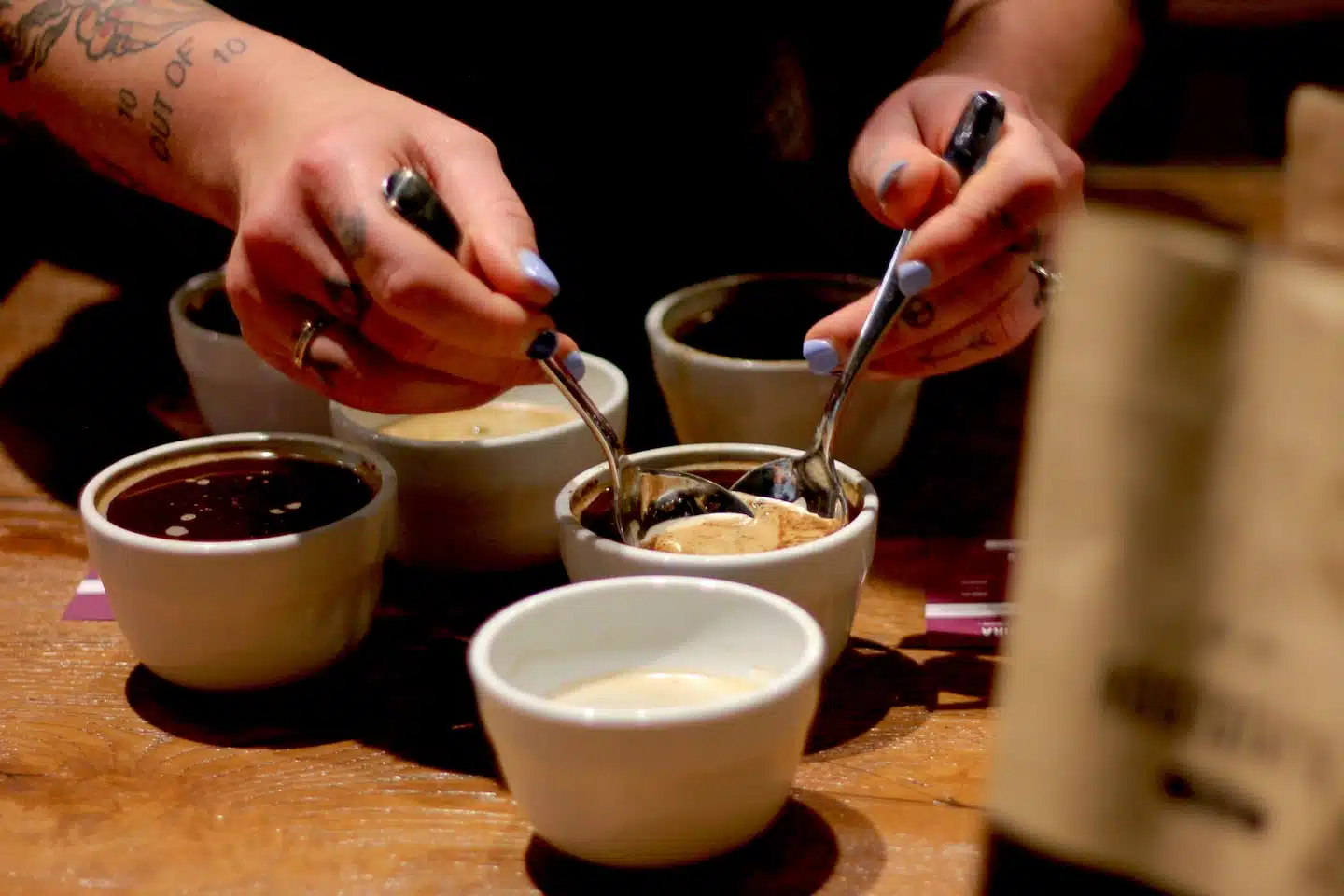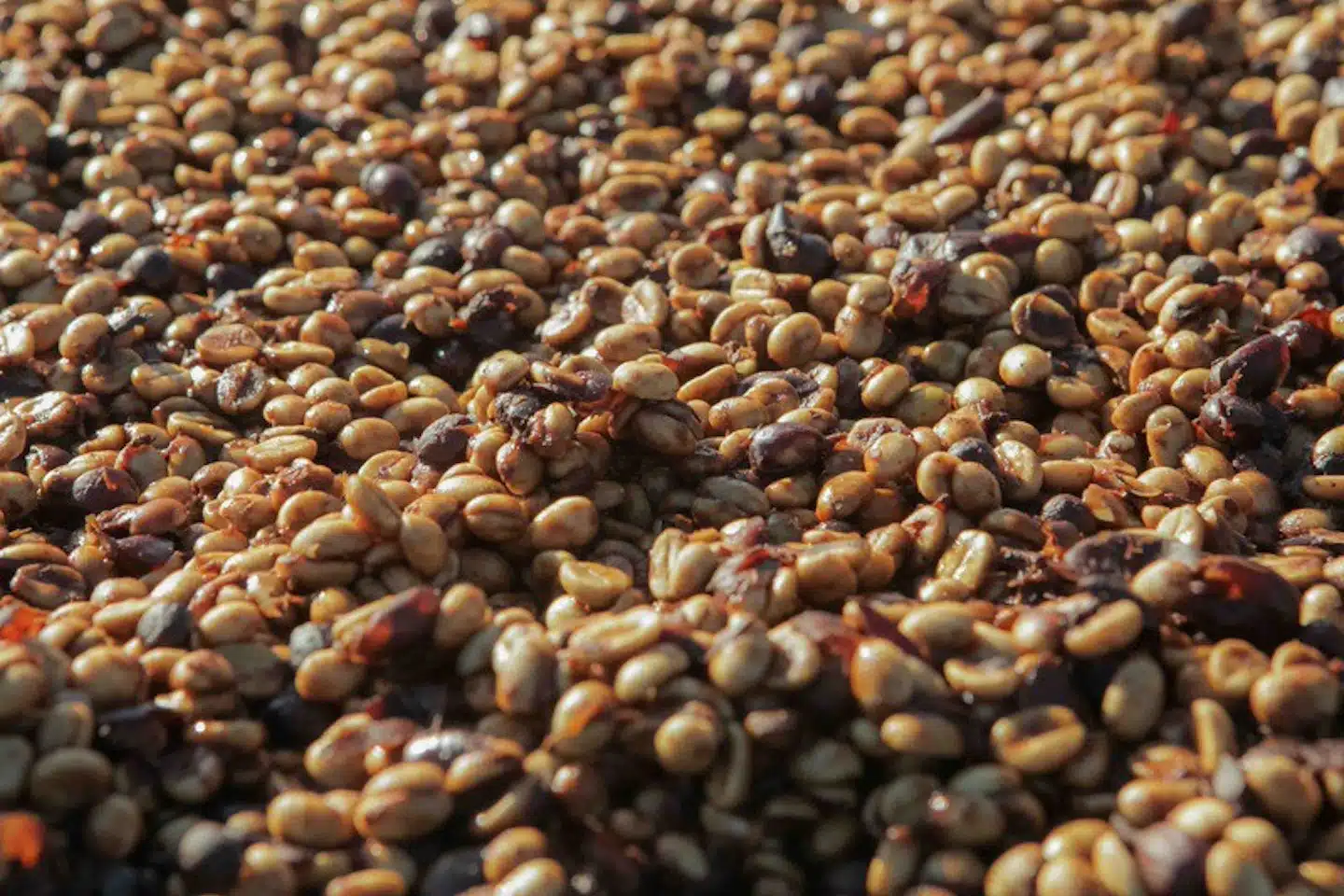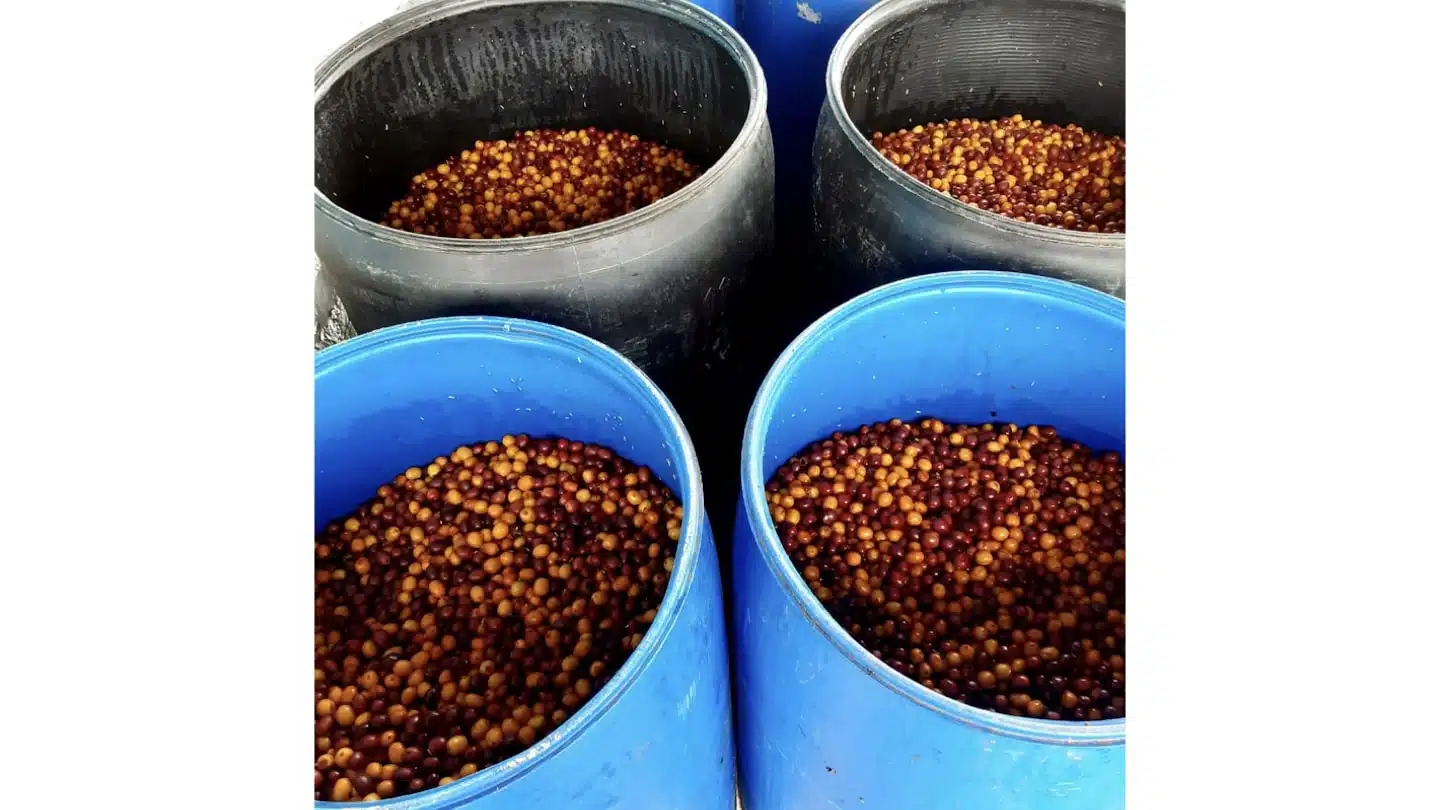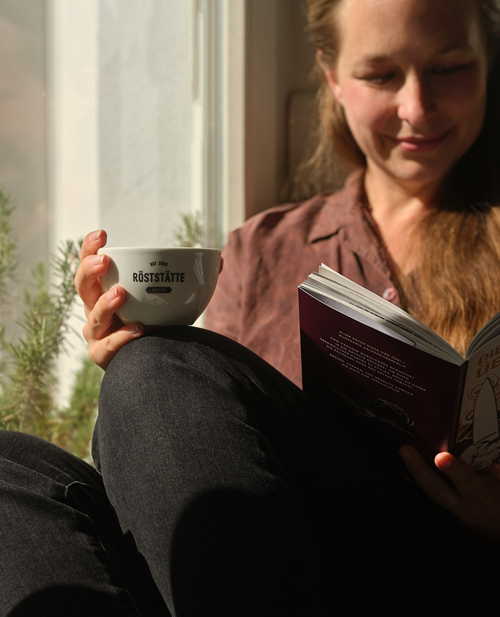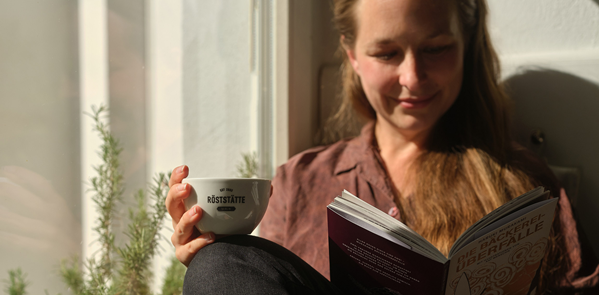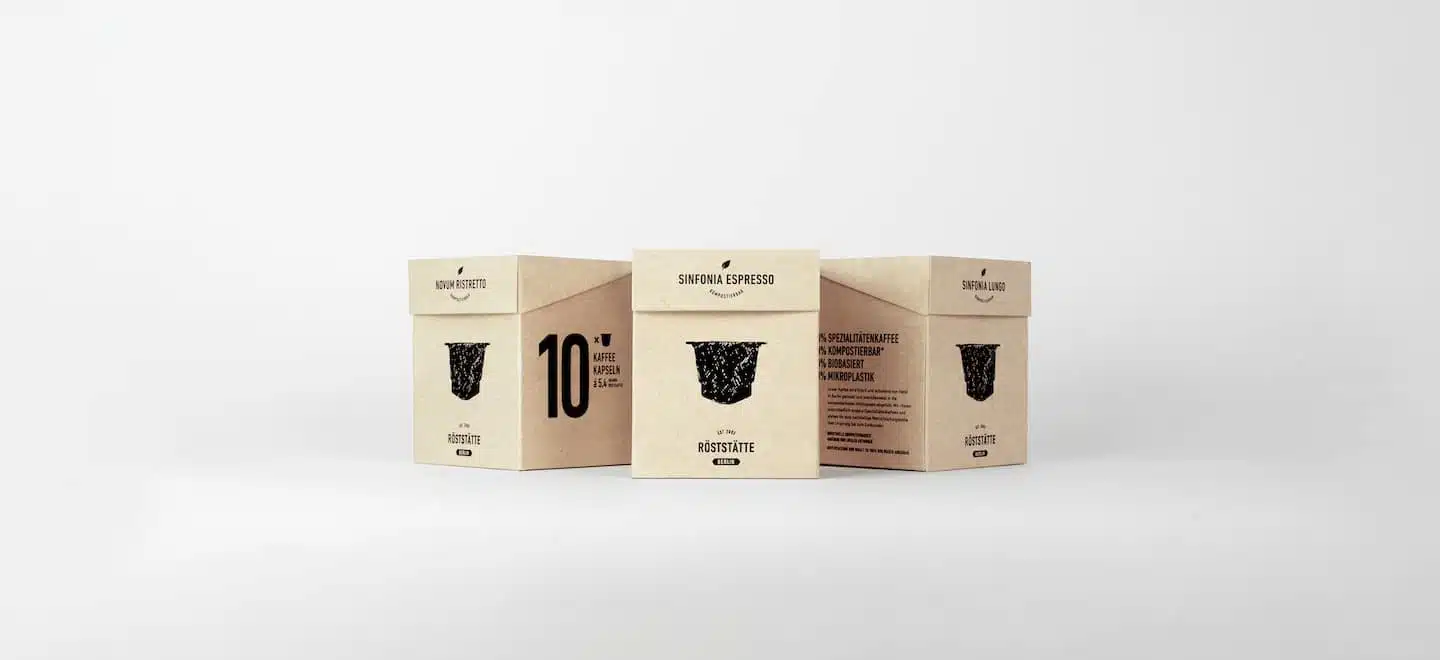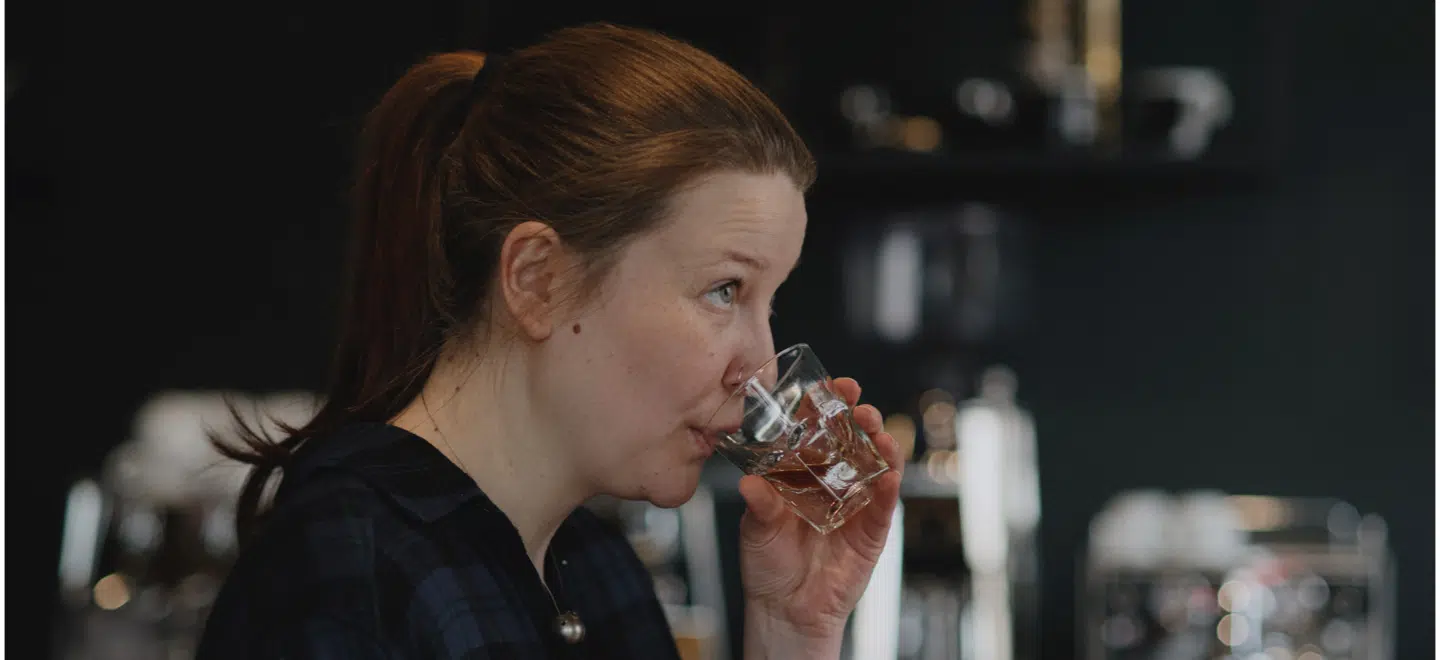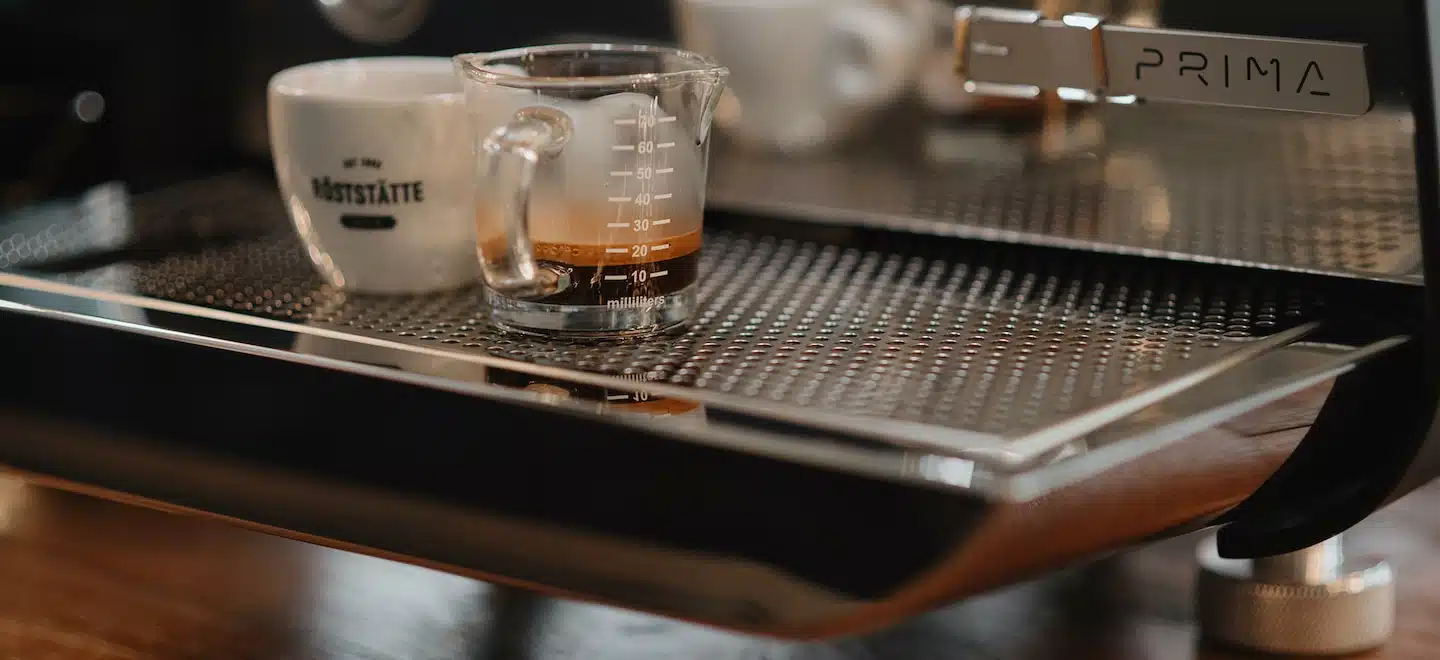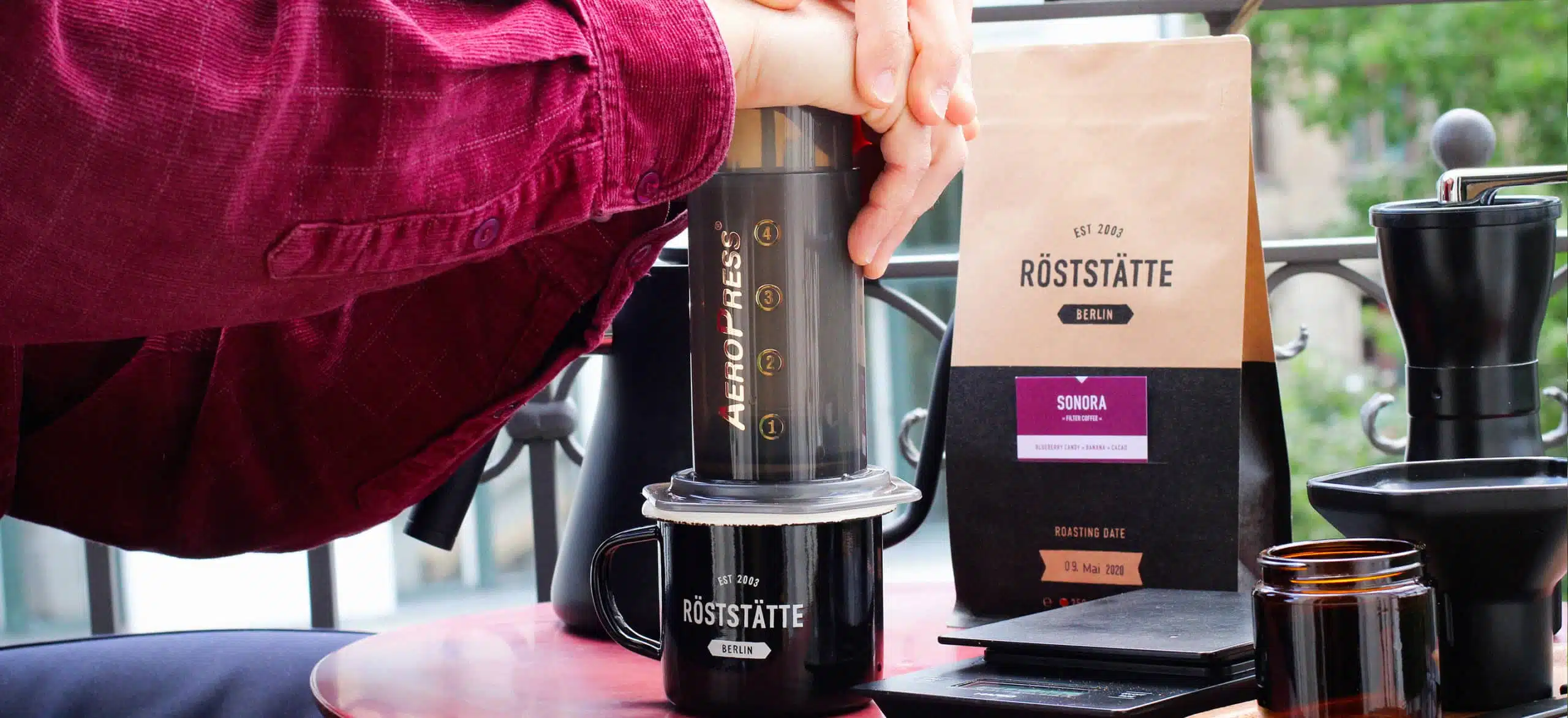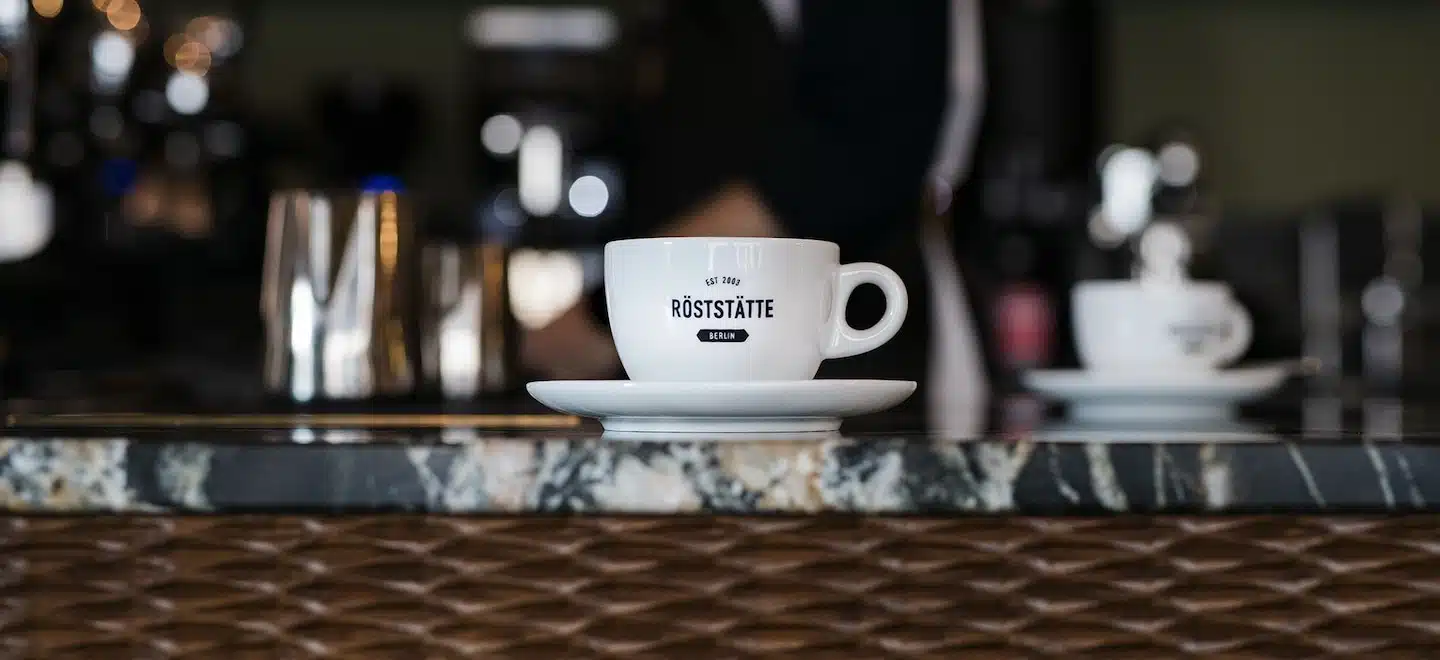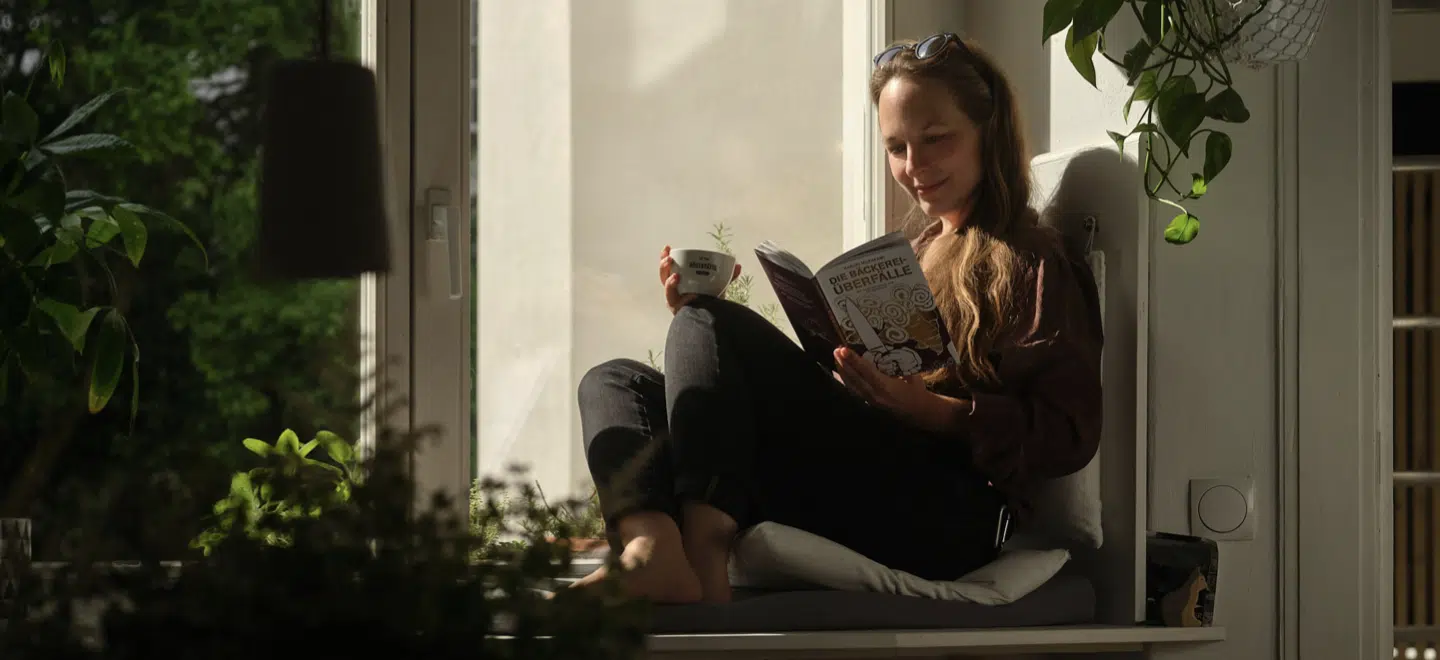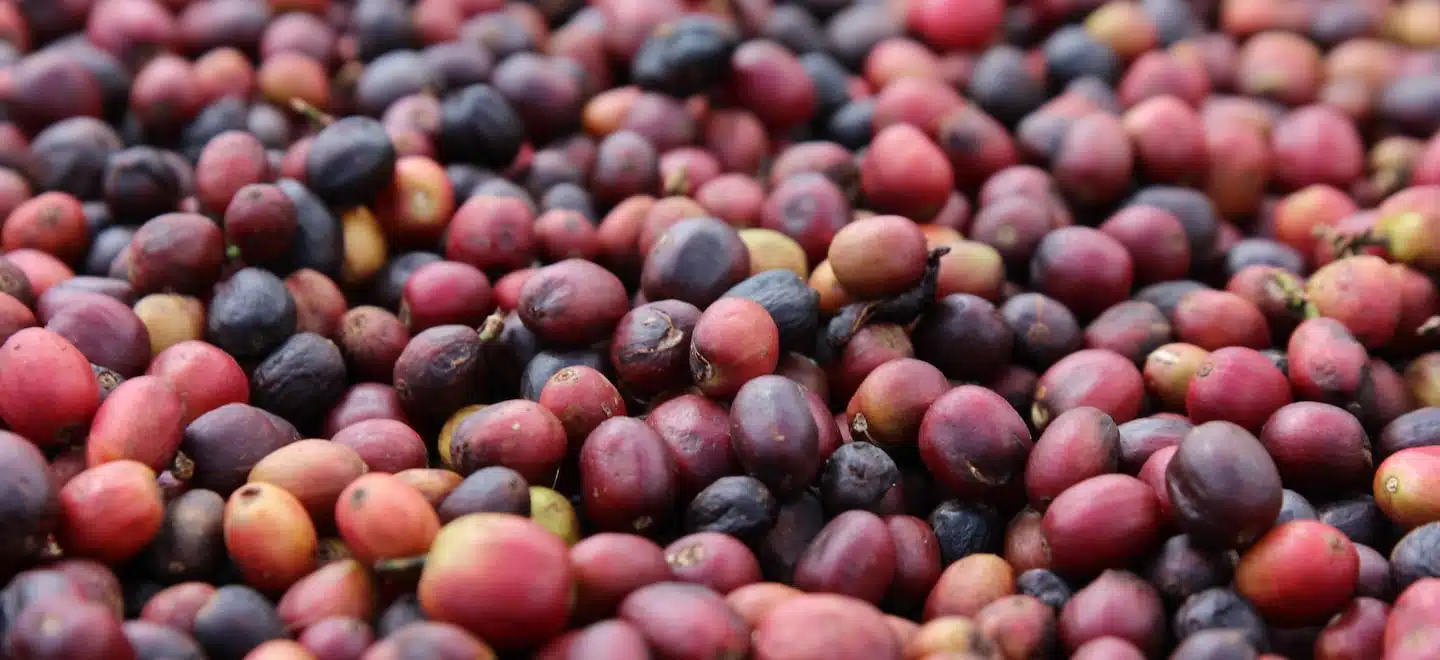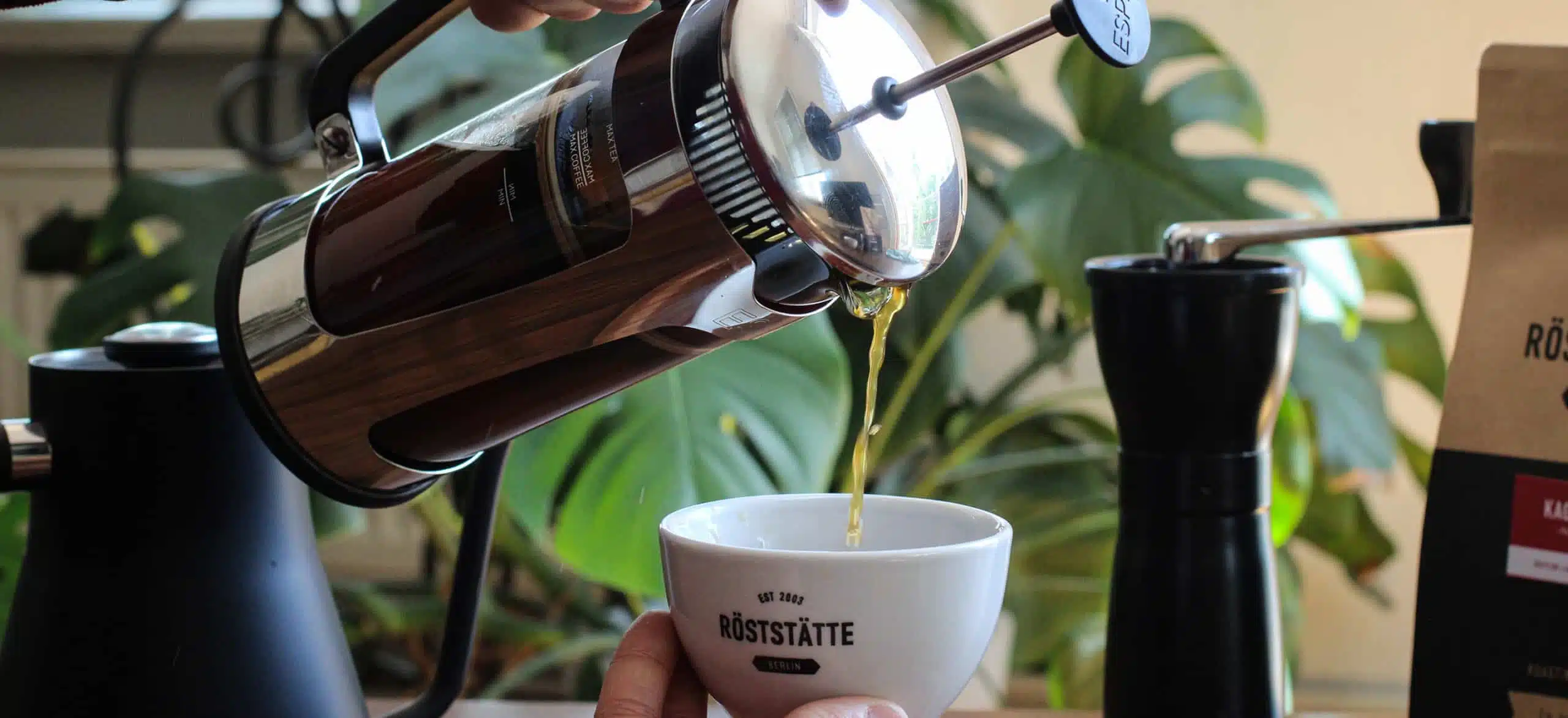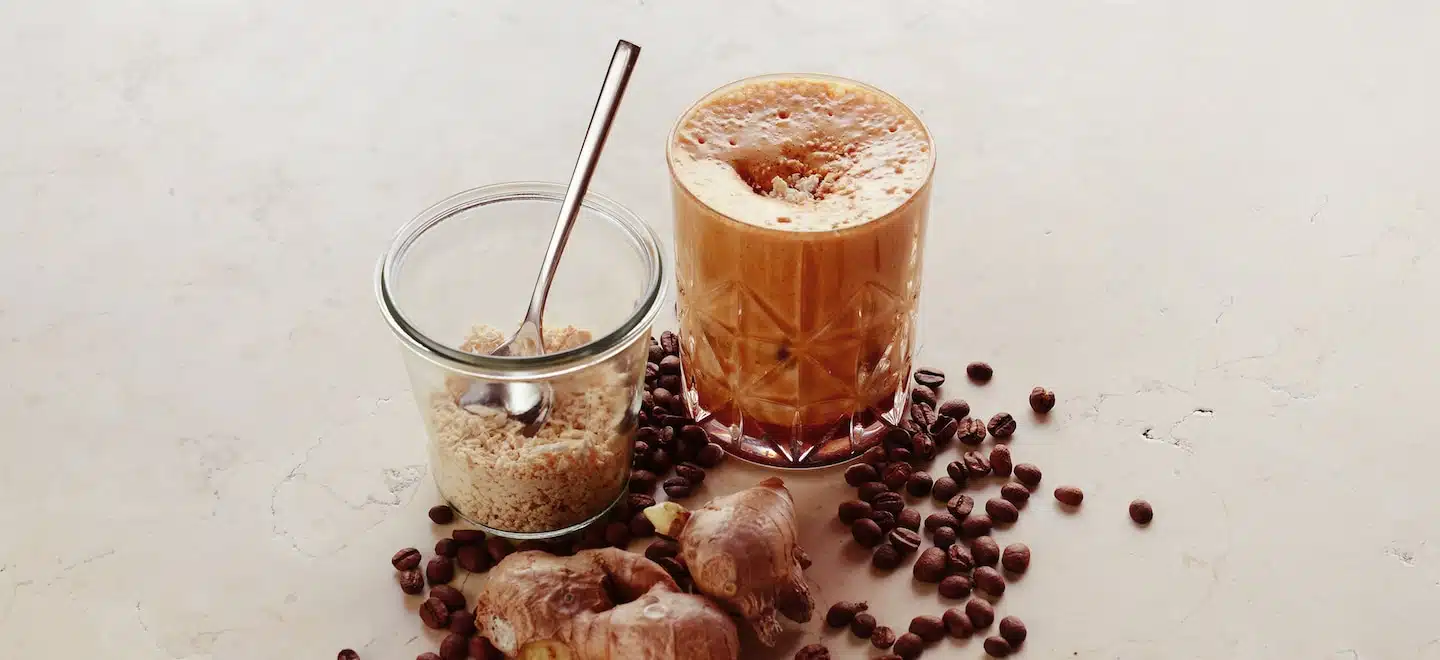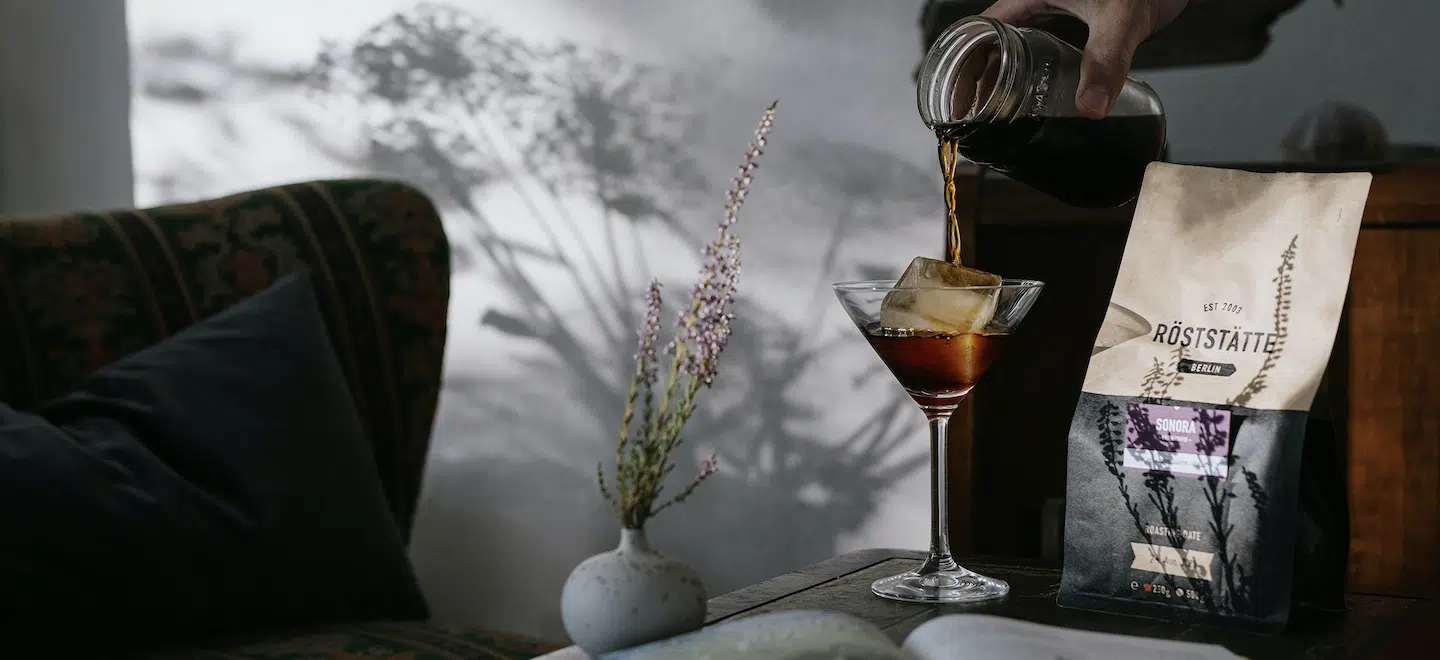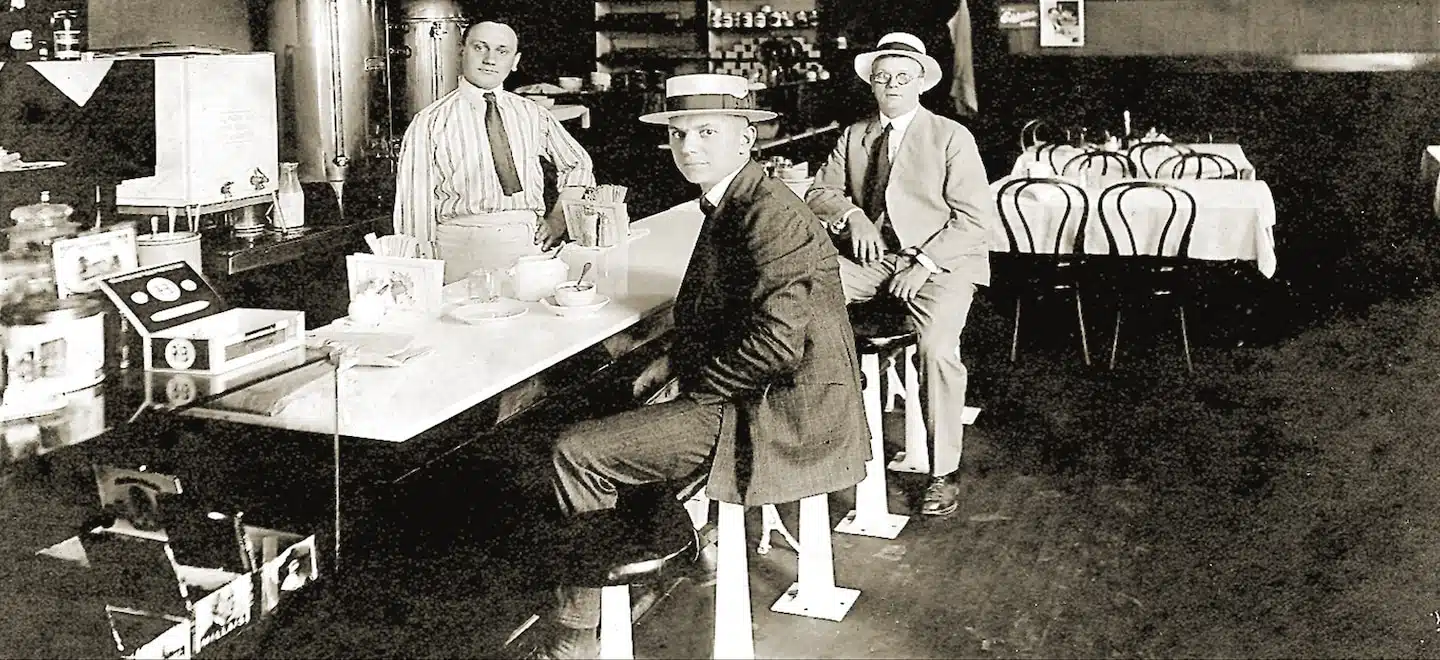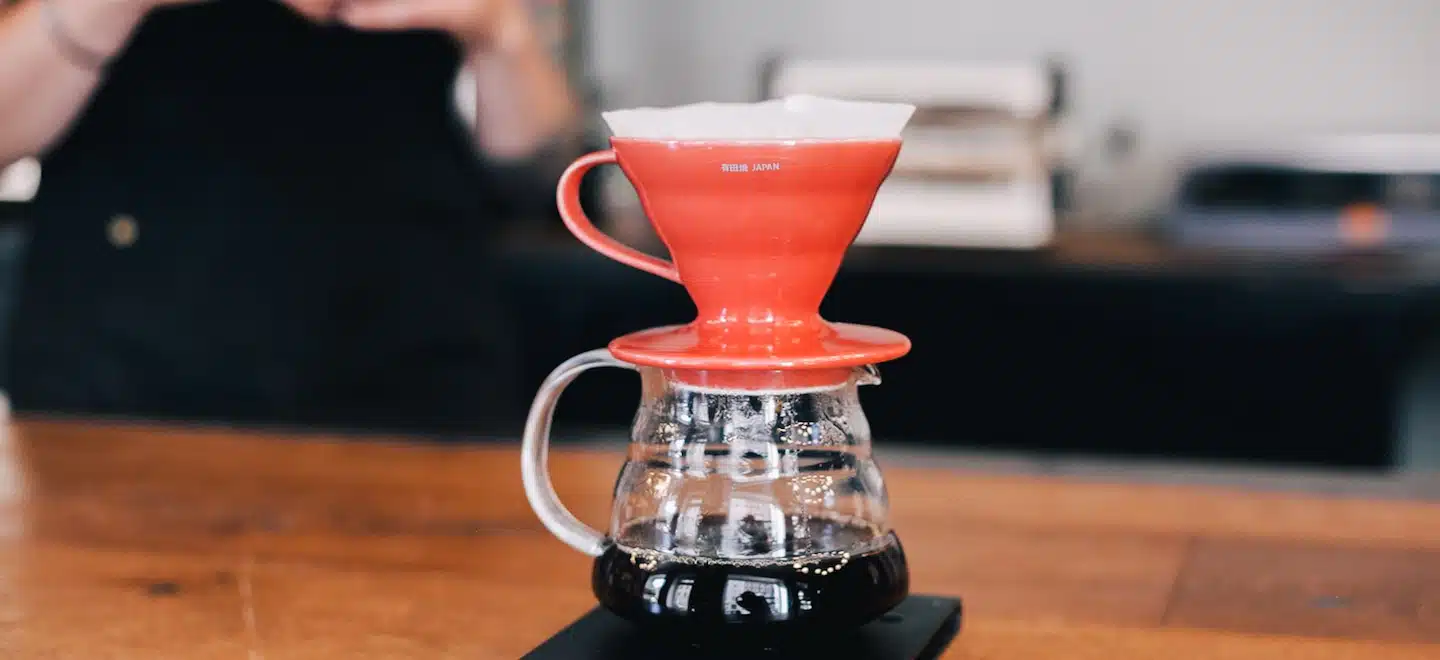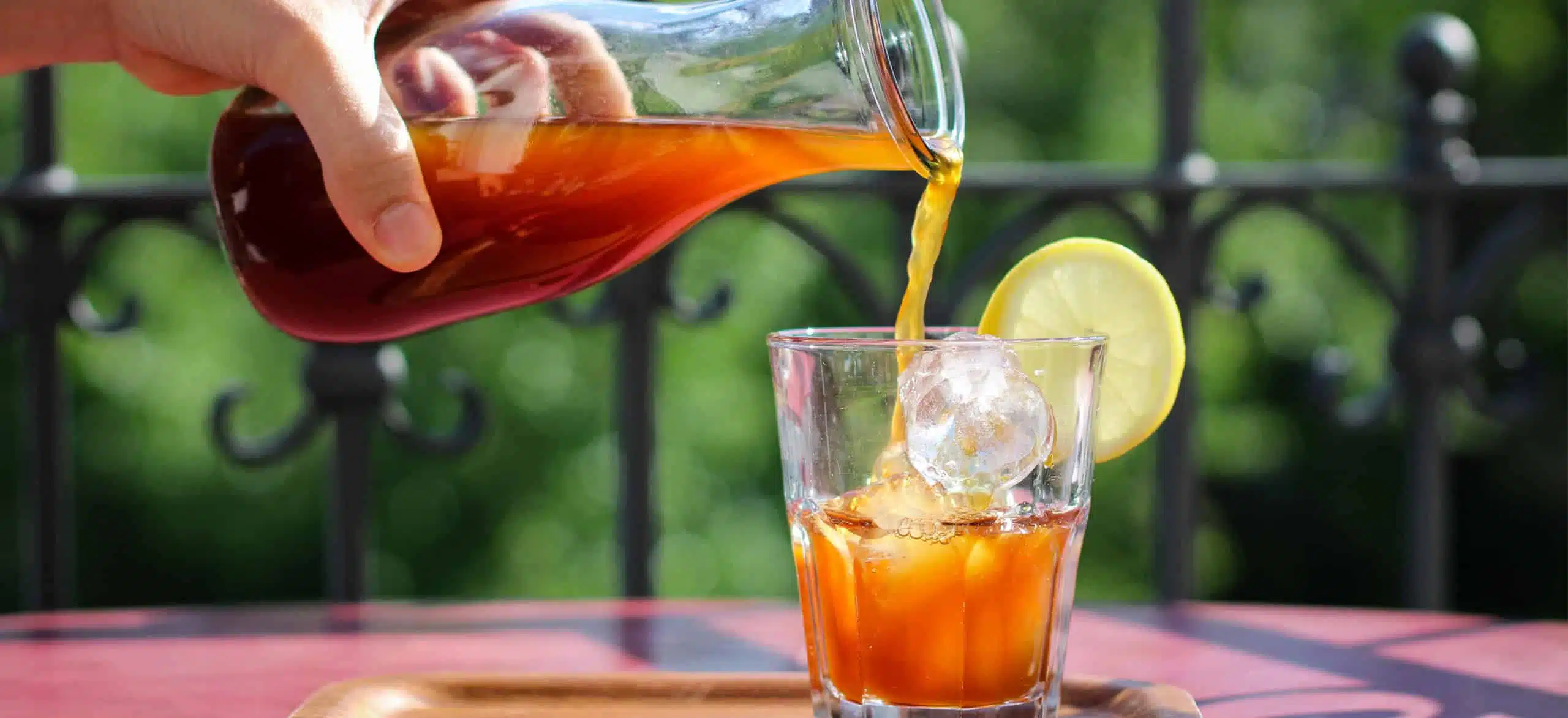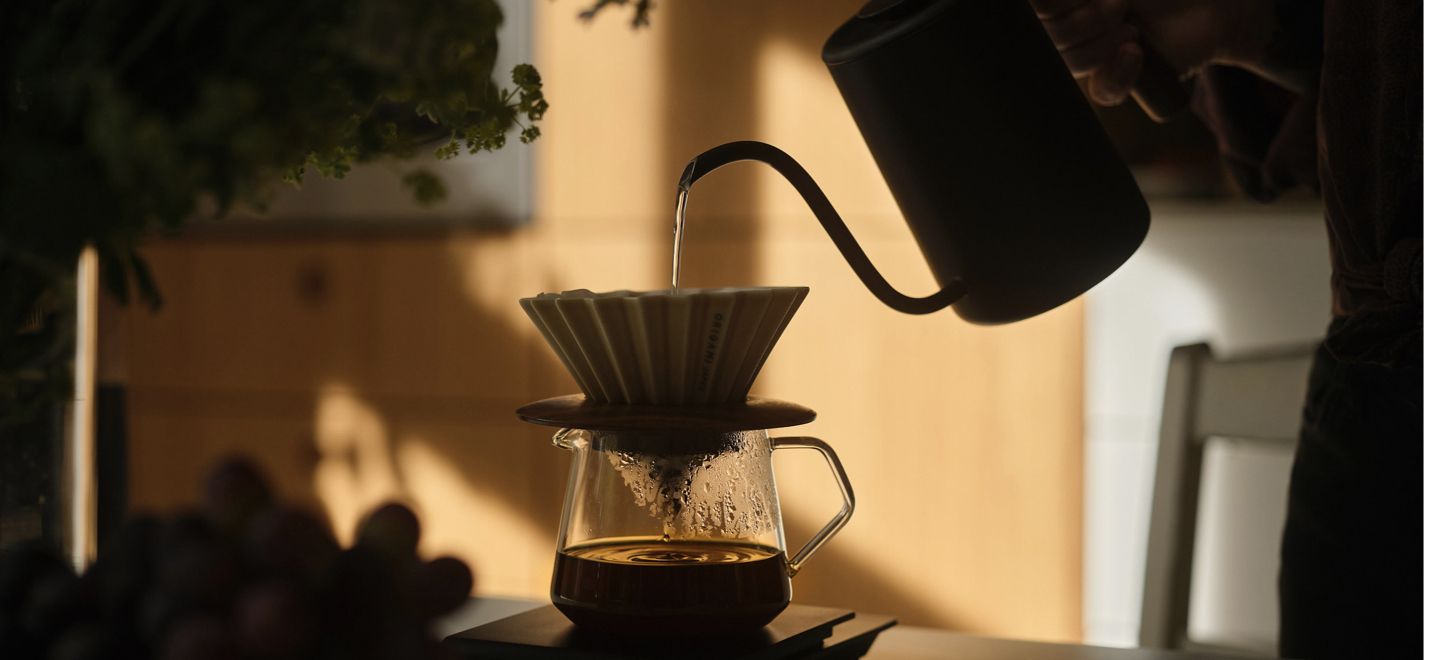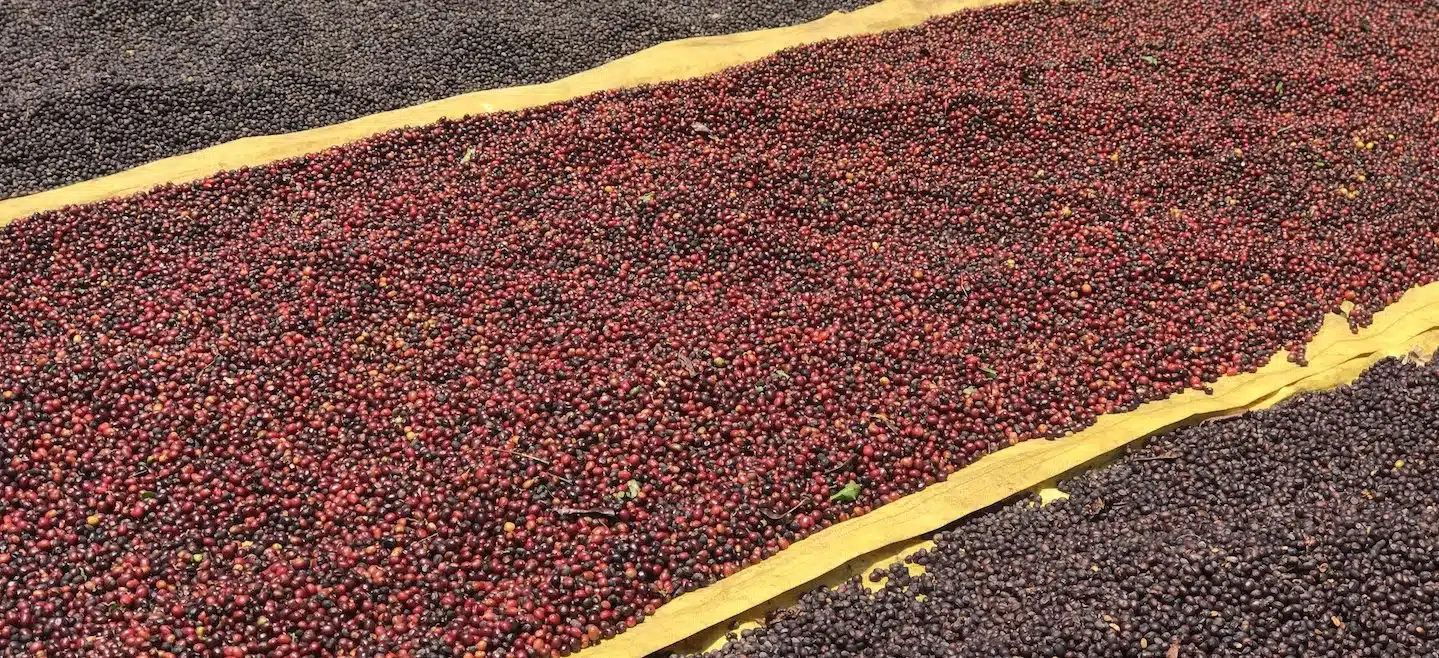What makes Carbonic Maceration special?
In this article we would like to understand in more detail one of the most innovative methods for coffee fermentation. The carbonic maceration. No other processing method has such a lasting effect on the taste of coffee.
You may already be familiar with carbonic maceration from viticulture, especially in Beaujolais, where it is a traditional form of viticulture. When
Sasa Sestic, Competitor for Australia at the 2015 World Barista Championships, used a Carbonic Maceration (CM) coffee for his presentation, this experimental type of fermentation was still largely unknown in the coffee industry. However, by winning the title, he attracted attention and it quickly became clear that this particular method of fermentation would become a staple in modern specialty coffee culture.
What influences the taste
There are numerous factors that influence the taste already in the country of origin. We could name more, but these include the variety, i.e. the type of coffee that the farmer grows, the climatic conditions such as the temperature at altitude, the soil conditions, the biodiversity, and the harvesting and production process on site. In the roastery, other factors are then added, the storage, the
type of roasting and finally the preparation itself.
For the
taste formation of coffee all these steps are of course very important, but fermentation plays a very special role. When the coffee beans are fermented after harvesting, this process has a decisive influence on the taste but also on the evaluation of the coffee.
As described in one of our past
posts about new coffee fermentation methods, fermentation is a term for the biological process when sugars and starches are broken down and converted into acids and alcohol. In detail, various biological processes take place in parallel, in which enzymes formed by yeast and bacterial cultures break down the fructose in the pulp of the coffee cherry, the so-called mucilage. These processes change the odor, color, pH and consistency of the mucilage. Microbiologists now also refer to this process as metabolism.
Yeast cultures and bacteria in particular are essential for the fermentation process to take place. In the fermentation of coffee beans, a special yeast comes into focus. The microorganism "Sacromises Cerevisiae" is a wild type of yeast that can also be found naturally in grapes, cocoa beans and other fruits. So when the winemaker sometimes says that his wine has matured on the yeast for a certain time, it is often this wild type of yeast that is meant.
How is coffee fermented?
Mind you, in this article we are talking about the fermentation of specialty coffees. In the industrial context, where up to 100 tons or more of coffee cherries are usually harvested per day, this biological fermentation process is usually replaced by a mechanical process to completely degum the raw coffee beans. The term demucilagination is used here. Biological fermentation then does not take place. However, we will continue to focus on specialty coffee production here. The generally known fermentation methods for specialty coffee include dry and wet fermentation.
In the dry fermentation method, the coffee beans, which are mainly separated from the pulp, or the crushed coffee cherries are placed in concrete tanks where they ferment for a certain period of time. Problem here: The temperature cannot be controlled in the basins. Thus, the same coffee can taste completely different depending on the temperature at which it was fermented.
Water is used in the wet fermentation process. Washed coffees are often characterized by clear and clean flavor profiles. Water extends the fermentation time and results in a softer body, complex acidity and subtle nuances. However, this method often uses different water (rainwater or groundwater) which can affect the flavor unevenly.
How can fermentation be made more uniform? Sasa Sestic drew inspiration from viticulture and, together with some winemakers, undertook various experiments with coffee cherries. In the process, important knowledge could be transformed, because the winemakers know exactly the factors that influence the wine and ultimately make it what it is.
But not only that, in wine growing is already clear how important temperature and continuity are, especially in fermentation. In large tanks, the temperature and the composition of the atmosphere are controlled. Oxygen is removed from the tank and replaced by CO2, so fermentation can be slowed by up to 300%.
Controlled fermentation can design a specific profile in the coffee and intensify its character many times. For this purpose, the coffee cherries are crushed in a container while still on the farm. The containers can be completely closed and moved to different rooms depending on the desired temperature, as the temperature has a particular influence on the result in the cup. For a complex acidity, a fermentation of 4 to 8 ° C is recommended, and for an extensive sweetness, a higher temperature of 18 to 20 ° C, for example.
CO2 is then added to the cherries in the tanks, because without oxygen the breakdown of sugars from the mucilage can be drastically slowed. The pH also drops more slowly, requiring less alcoholic acid.
Thanks to the controlled fermentation and the various parameters that can be specifically applied, it is possible to develop the aromas in the coffee even more clearly. Especially the fruity notes develop much more intensively than with conventional fermentation methods. In this way, profiles can be developed that are unique and are therefore often used at international coffee competitions. If you have the opportunity to taste coffees fermented with the Carbonic Maceration method, you should take it!
written by
Nicole Battefeld
Nicole is Head Barista at Röststätte Berlin and German Barista Champion 2018. She has been part of the Röststätte team since 2014 and is now one of the absolute barista elite. In our blog, she talks about developments in the coffee world and leads trainings at the Röststätte Barista Academy.
Photos: Jordan Montgomery
website
